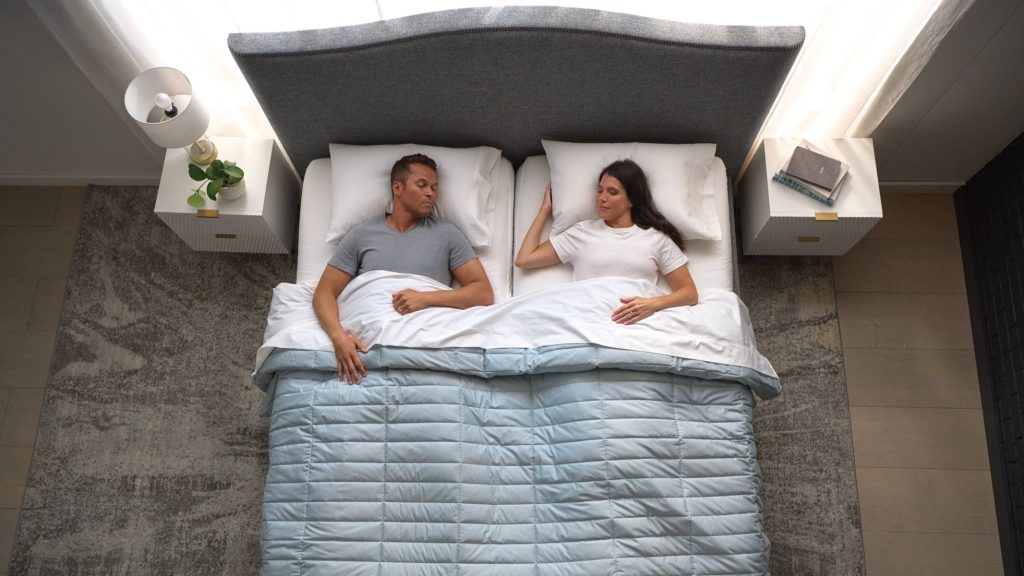The Emotional Role of Sleep You Might Be Ignoring
We know that sleep is essential for physical recovery, but emerging science reveals it may also serve as the most overlooked form of emotional therapy. During REM sleep, our brains reprocess memories, resolve emotional stressors, and regulate mood. But what if our beds could actively support this process—learning from our emotional states and guiding us into a more restorative night’s sleep?
The Rise of Emotion-Aware Sleep Tech
Welcome to the age of smart beds and AI-powered sleep ecosystems. No longer just about tracking sleep duration or snoring, advanced sleep tech now integrates biometric sensors, environmental adjustments, and predictive algorithms to create a deeply personalized experience. These systems don’t just monitor your rest—they interact with it, adjusting to your heart rate variability, breathing patterns, and even the emotional tone of your day.
How Smart Beds Detect Your Mood
Modern smart mattresses and sleep pads are embedded with sensors that detect micro-movements, body temperature, respiration rate, and pulse. Some link to wearable devices that track galvanic skin response or cortisol trends. Combined, these signals offer real-time insight into your stress levels, emotional state, and autonomic nervous system balance. As the data feeds into machine learning algorithms, the bed can dynamically respond—softening firmness, cooling overheated zones, or triggering soothing soundscapes.
REM Cycles and Emotional Recovery
REM (Rapid Eye Movement) sleep is where the brain engages in intense emotional integration. Studies show that dreams are not random, but often therapeutic—helping us reframe emotionally charged experiences without the biochemical intensity of wakefulness. Smart beds tuned to your REM cycles can prolong or enhance these phases through gentle, well-timed interventions such as rhythmic audio, temperature shifts, or subtle vibrational cues.
The Psychology of Mattress Intelligence
Beyond simple comfort, these beds are becoming emotionally intelligent interfaces. Some smart mattresses now pair with mental wellness apps that let users log mood and emotional events during the day. The bed then “learns” how a fight with your partner, a tough workday, or even a joyful celebration impacts your sleep patterns, adjusting the environment accordingly to promote optimal nighttime processing.

Integrating CBT-I into Bed Algorithms
Cognitive Behavioral Therapy for Insomnia (CBT-I), long considered the gold standard for sleep issues, is now being embedded into sleep platforms. Smart systems can detect dysfunctional sleep behaviors—like frequent waking or prolonged sleep onset—and coach users in real time. For example, a bed might raise its incline gently to ease racing thoughts or activate low-frequency pulsing to encourage calm brainwave states.
Soundscapes, Frequencies, and Dream Enhancement
Some smart sleep systems use audio to influence emotional tone. Binaural beats, 432Hz harmonics, and isochronic tones are employed to help users fall into specific brainwave states associated with deep sleep or emotional release. In advanced applications, adaptive soundtracks shift in response to real-time biometrics, creating a dream-enhancing audio cocoon that supports emotional healing.
Case Study: Emotion-Aware Bedding in Practice
Consider a user suffering from anxiety-driven insomnia. Her smart bed, synced with a wearable heart rate monitor, detects late-evening sympathetic nervous system spikes. It begins a soothing cycle: dimming the room’s lights, cooling the sleep surface, and launching a calming guided breathwork sequence through an embedded speaker. As her breathing synchronizes and HRV stabilizes, the bed notes REM onset and keeps temperature and white noise levels steady—helping her subconscious process stress more efficiently.
Linking Sleep to Emotional Memory Processing
Studies from neuroscience now affirm what ancient wisdom hinted at: the emotional weight of the day is often resolved through the night. Smart beds aim to not just support this process, but optimize it—making the architecture of sleep an intentional therapeutic tool. Instead of dreading sleep after emotional upheaval, users may find it becomes a haven of recalibration.
Wearables and Bed Ecosystems
Smart rings, headbands, and bio-patches are increasingly designed to sync with beds. These devices allow even deeper integration of mind-body data: detecting elevated amygdala activation, altered breathing patterns, or skin conductivity spikes related to emotional stress. The bed becomes a central hub in a full-body feedback system, responding as a silent but responsive companion to your emotional ebb and flow.
Ethical Considerations and Data Privacy
Of course, as with any AI-enabled wellness tool, there are ethical concerns. The emotional data collected by these systems—stress logs, HRV trends, sleep disruption patterns—are intimate. Who owns it? How is it protected? Companies entering this space must prioritize transparency, data encryption, and consent-driven platforms to ensure these “therapeutic beds” remain sources of healing, not surveillance.
Blurring the Line Between Therapy and Tech
While not a replacement for human connection or traditional therapy, emotionally intelligent beds could complement both. For individuals without access to consistent mental health care, sleep tech could become an accessible, passive form of nightly support. Over time, the data collected may even be shareable (with consent) with therapists to aid in more targeted emotional interventions.
The Future: Emotional OS for Bedrooms
Imagine a near-future scenario where your bed, ambient lighting, wall projections, and sleepwear all speak to each other. You walk into your bedroom after a long, emotionally draining day. The room temperature adjusts, lighting shifts to warm amber, and your bed’s surface gently contours to a stress-relief setting. You lie down, and a sensor detects shallow breathing—initiating a guided calming program. In this integrated environment, your bed isn’t just a piece of furniture. It’s your emotional co-therapist.
From Passive Rest to Active Healing
We often treat sleep as a passive necessity, but it may be our most overlooked self-healing ritual. As smart beds become more sophisticated and emotion-responsive, they’re reshaping what we expect from rest. These platforms challenge us to reconsider the bedroom not just as a place of physical recharge, but as a vital arena for psychological renewal.











































